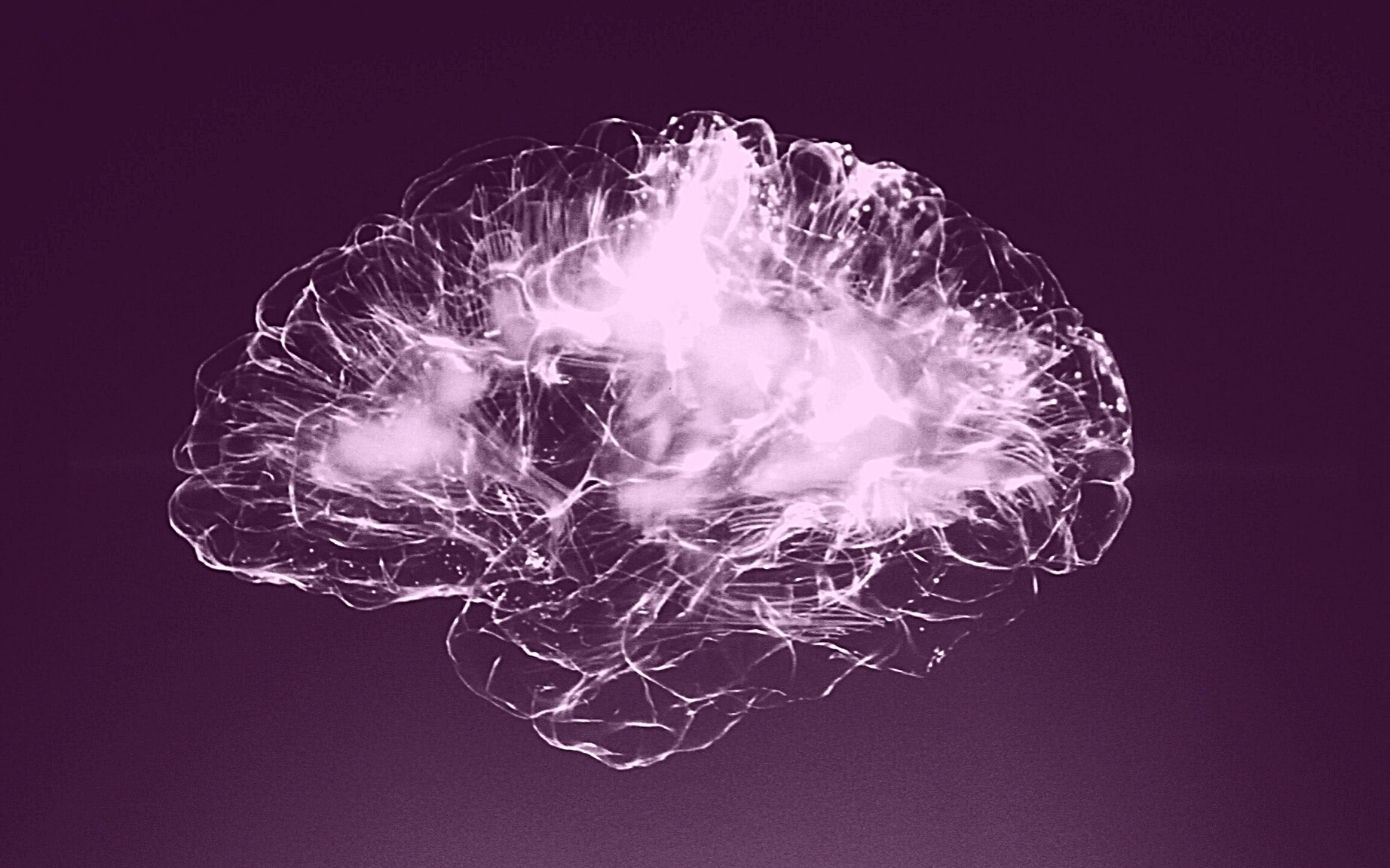In Ireland there are currently 40,000 people living with epilepsy, a neurological disorder set off by a disruption of the brain’s electrical activity. Life with epilepsy can be a challenge, but most people with epilepsy do not feel deterred by it and many achieve their goals in both their personal and professional lives. Justine Carbery speaks to Lisa Whelan, mum to four girls, who lives a perfectly independent life, despite having the condition …
“I was 19 and just out of secondary school when I had my first seizure, though I didn’t know it at the time. I was living the life. I had my first job, had money in my pocket and a great social life. Actually it was more like ‘money in, money out’ in my case. I was loving being able to buy things for myself for the first time, go out for a few drinks, go on holidays.
One night when my parents were away, I was staying with friends after a gig. Next morning I was feeling a bit disorientated, a bit slow to get going, but put it down to having a hangover. We were sitting at the kitchen table chatting, when my friends asked me if I knew what had happened to me that morning. I had no idea what they were talking about. “Do you remember sitting on the couch, then slipping to the floor and having a seizure?” they asked. I couldn’t take in what they were saying, having absolutely no memory of anything happening. A complete blank. None of us knew anything about epilepsy, so they just stuck me in a taxi and sent me home to my brothers, who called the local GP.
When my parents came home from holidays they were horrified to hear what had happened. Their first thoughts were that I had taken something, or that my drink had been spiked. But they quickly realised that wasn’t the case. So they organised for me to go and see a specialist. His advice (granted, this was nearly 30 years ago); I could go on medication for the rest of my life or say 3 Hail Marys every night and hope that I wouldn’t have another seizure. Many people will have a seizure at some stage in their life and never develop the condition, so I went the Hail Marys route! I was young and really enjoying my life, so I walked out of there and never gave it another thought. I had a boyfriend (now my husband) and life was good.
Then four years later, aged 23, I took another seizure out of the blue. I saw a new specialist and once again decided I didn’t want to go down the medication route as the episodes were so far apart. I had my third one two years later, at a stressful time in my life. I had recently got engaged. We were buying our first home and planning the wedding, when the same thing happened again. I had a full-blown tonic-clonic seizure and was rushed to hospital by ambulance, where they did a battery of tests, but nothing showed up. We went ahead and got married and soon I was expecting my first child. Owen and I had done our research and we decided together that I would not go on medication as we wanted to start a family and did not want to put any unborn child at risk. My first pregnancy went well, no seizures whatsoever, but one minute after giving birth, having just handed baby Louise to her Dad, I had a seizure right there in the delivery room. You never saw a room fill so fast. But all was well. I recovered, with baby and Dad doing fine. After the seizure I had no memory of the episode. I just felt totally wiped out and needed to sleep for the rest of the day.
“I had a full-blown tonic-clonic seizure and was rushed to hospital by ambulance, where they did a battery of tests, but nothing showed up.”
Another two years passed, and I fell pregnant again, and exactly the same thing happened again immediately after delivery. When I was pregnant on my third child, an epilepsy nurse was on hand. She suggested I take Frisium, which they hoped might help avoid the occurrence of a seizure after the stress of labour, and it had the desired effect. No seizures after delivery or for the next two years.
After my fourth girl was born, I decided not to resist going down the medication route any longer. We were so lucky, with four beautiful healthy children. Now it was time to get a handle on epilepsy once and for all. Finding the right treatment for me has been tricky. None of them have stopped the seizures, but I refuse to let it define me. Yes, it affects me, but I don’t let it get to me. I still live life to the full, my only limitation being that I can’t drive. I miss it terribly but I have the (massive) support from family and friends. I recognise there are some specific triggers for me. I need to avoid late nights and stress, if possible, and I gave up alcohol nine years ago. I simply feel better without it. I have a very full life with four growing daughters, a part-time job, romantic breaks away with hubby, as well as trips away with my girlfriends, I just have to make little adjustments.
I’m very open about my condition. I think it’s important not to hide it from people both for my own sake and to make others aware. Epilepsy is still one of those medical conditions that people don’t always think it’s ok to talk about and that needs to change. All my friends and family know about it and know what to do if a seizure comes on. I do hate my children witnessing it, as it is quite distressing, but they know what to do now, and they know it will pass quickly. It’s a part of my life now, but there are plenty of people worse off than me, and I try to keep things in perspective. Maintaining a positive attitude helps. My main advice to anyone who is recently diagnosed is don’t panic. There is plenty of help – Epilepsy Ireland should be your first port of call. They have all the information you could possibly need and if they don’t have it, they’ll get it for you. Don’t let it take over your life. You may have epilepsy but you are so much more than that, go and live your best life!”
Epilepsy: the facts
Epilepsy is a neurological disorder set off by a disruption of the brain’s electrical activity.
1. It manifests itself differently from person to person, with seizures varying in intensity and duration for each person and so it’s important to note that there’s no one-size fits all. There are over 40 different types of epileptic seizure, some are contained and can hardly be noticed, while others are disabling.
2. It can affect people at any age.
3. Many things can trigger a seizure including sleep deprivation, stress, excessive consumption of alcohol, over exertion or being inactive, emotional distress and irregular eating habits.
4. Illness, disease and trauma to the brain can result in epilepsy, but in half of cases there is no known cause.
What to do if you are with someone who has a seizure
-Stay calm and time the seizure
-Protect/cushion the head
-If possible turn the person on their side
-Don’t restrain the person – unless they are in danger
-Let the seizure run its course
-Do not put anything in the mouth (you can wipe away saliva)
-Speak gently and reassure the person
-Stay with the person until they recover and respond fully.
Common Myths about epilepsy
-You can swallow your tongue during a seizure.
It is physically impossible to swallow your tongue.
-You should force something into the mouth of someone having a seizure.
Absolutely not! That’s a good way to chip teeth, puncture gums, be bitten or even break someone’s jaw. The correct first aid is simple: gently roll the person on one side and put something soft under his or head for protection from injury.
-You should restrain someone having a seizure.
Never use restraint! The seizure will run its course, and you cannot stop it. Simple first aid to prevent injury is best.
-Epilepsy is contagious.
You can’t catch epilepsy from another person. Period.
-Only kids get epilepsy.
Epilepsy happens to people over age 65 almost as often as it does to children age ten and under. Seizures in the elderly are often the after effect of other health problems like stroke and heart disease.
-People with epilepsy are disabled and can’t work.
People with epilepsy have the same range of abilities and intelligence as the rest of us. Some have severe seizures and cannot work; others are successful and productive in challenging careers-
-People with epilepsy shouldn’t be in jobs of responsibility and stress.
People with seizure disorders are found in all walks of life and at all levels in business, government, the arts and other professions. We aren’t always aware of them because many people, even today, do not talk about having epilepsy for fear of what others might think.
-With today’s medication, epilepsy is largely a solved problem.
Epilepsy is a chronic medical problem that for many people can be successfully treated with medication. Unfortunately, treatment doesn’t work for everyone, and there is a critical need for more research.
-You can’t die from epilepsy.
Epilepsy is still a very serious condition and individuals do die from seizures.
-People with epilepsy are physically limited in what they can do.
In most cases, epilepsy isn’t a barrier to physical achievement, although some individuals are more severely affected and may be limited in what they can do.
LOVETHEGLOSS.IE?
Sign up to our MAILING LIST now for a roundup of the latest fashion, beauty, interiors and entertaining news from THE GLOSS MAGAZINE’s daily dispatches.











